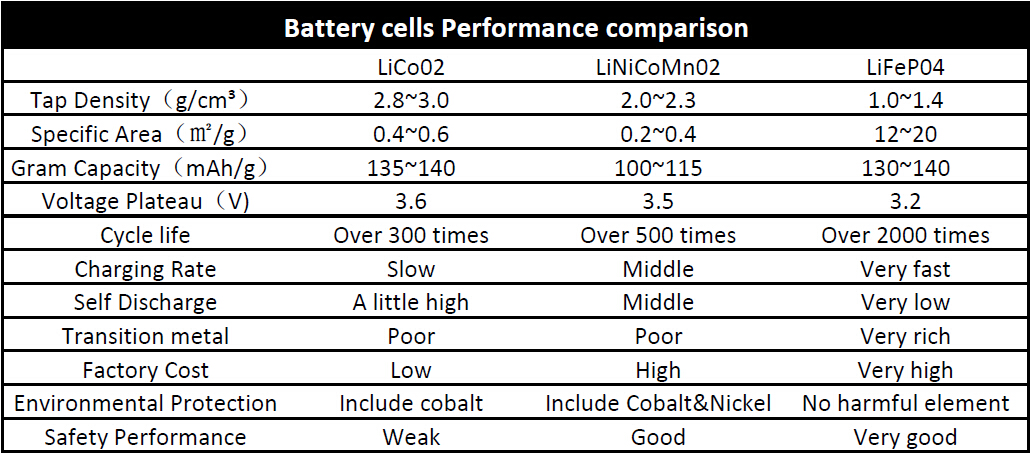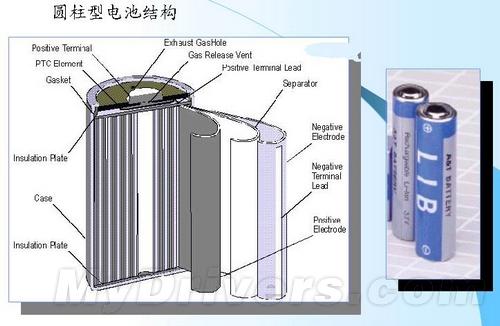Technology Support
Battery Cells Performance Analysis
With the popularity of smart phone, tablet, more and more people find that power of themselves for many kinds of digital products especially mobile has been unable to meet us in needs of daily use, and power banks solved the problem. So for consumers who have no contact with power banks, how to choose it?
The quality of power banks depends on the quality of inner battery cells.
At present, the power banks generally use Li-ion battery, but the performance is different, but from the appearance is completely invisible, the general specification can not reflect. Below we start from cells, step by step to explore the world of power banks.
According to the different electrolyte materials, lithium ion batteries can be divided into two types: liquid lithium ion battery (LIB) and polymer lithium ion battery (LIP) .
The main difference lies in the difference between electrolytes,the li-ion battery uses the liquid electrolyte, the polymer battery uses the solid polymer electrolyte.
Cobalt lithium(LiCoO2)
Cobalt lithium(LiCoO2)is commonly known as liquid lithium-ion battery, with common form of 18650 and square shape.
The main advantages: mature technology , wide range of applications, small size.
The main disadvantages: cycle life is about 300 times, the safety performance is low, anti-overcharging performance is worse, and it is not suitable for high rate charge&discharge, and will pollution environment after wasted.
Nickel cobalt manganese(LiNiCoMnO2)
Nickel cobalt manganese(LiNiCoMnO2) is known as ternary materials, is one kind of polymer battery, with common form of the soft square shape.
Main advantages: Volume diversity, wide range of applications, not explosive, high safety factor.
The main disadvantages are: higher factory cost, will pollution environment after wasted, the weak charge and discharge performance in large current.
Lithium iron phosphate(LiFePO4)
Lithium iron phosphate(LiFePO4), the scientific name ferroelectric,compared with above battery, the biggest difference is that electrode is added to the iron in positive electrode.
The main advantages: the cycle life 2000 times, high current charge & discharge, small resistance and less heat, safe, non-toxic.
Main shortcomings: expensive, has not been used in large-scale of field of digital products, low the consumer’s awareness.






